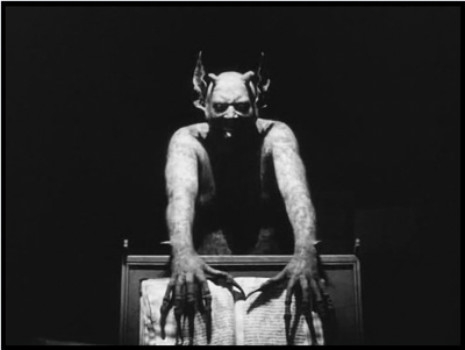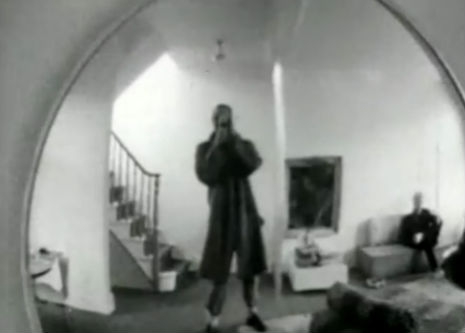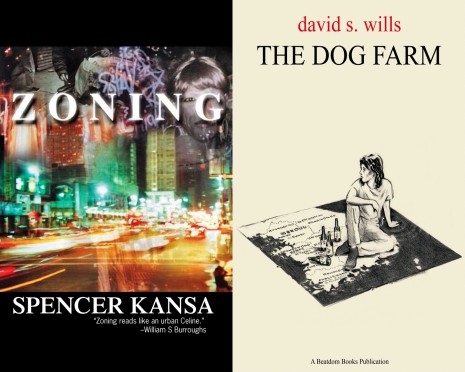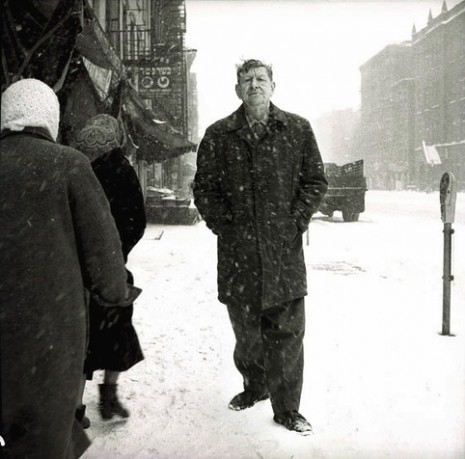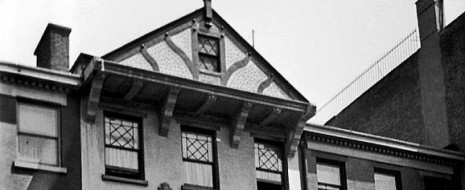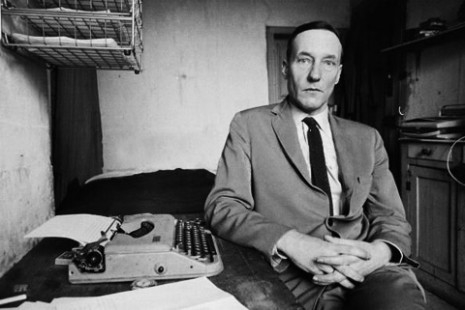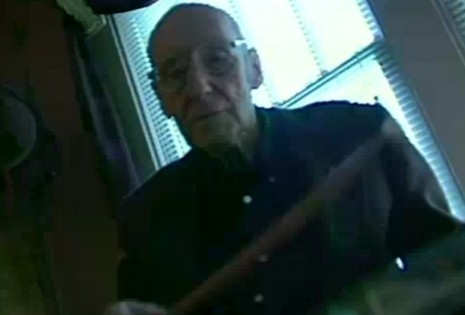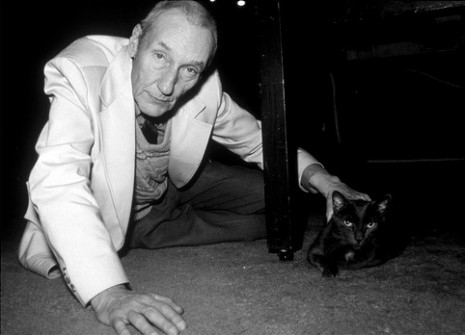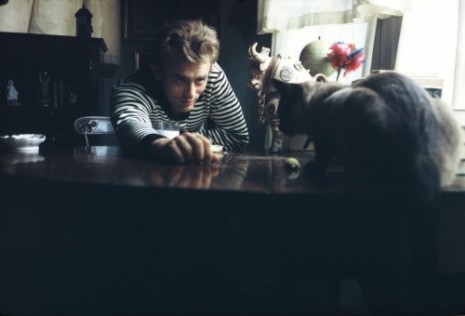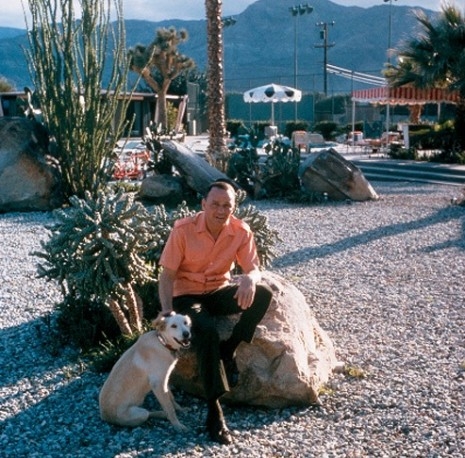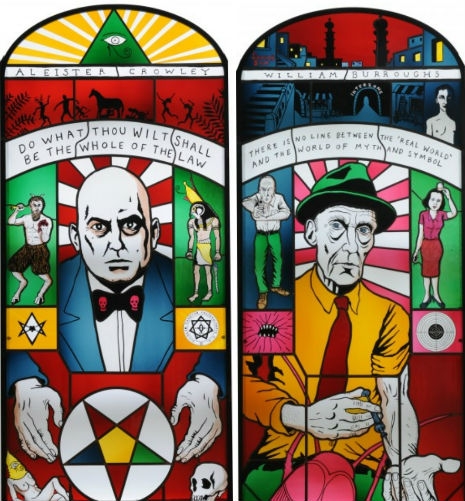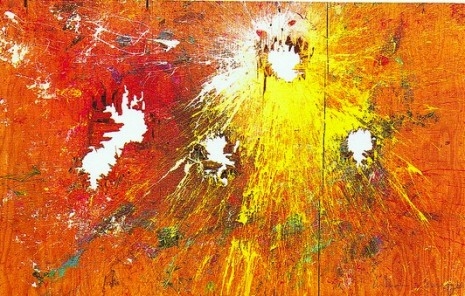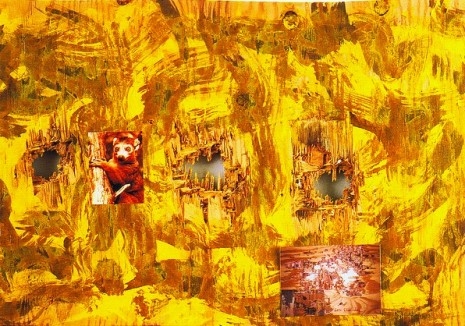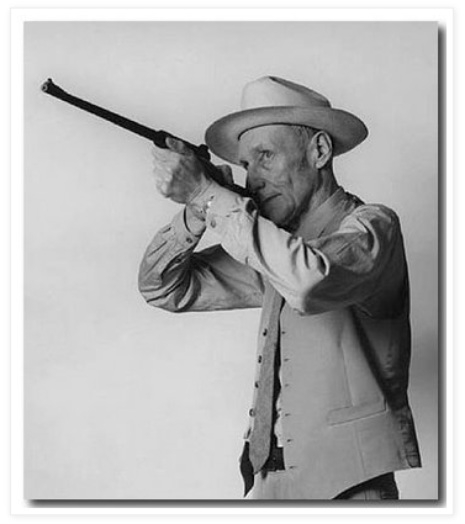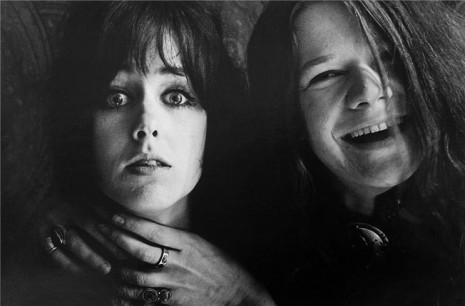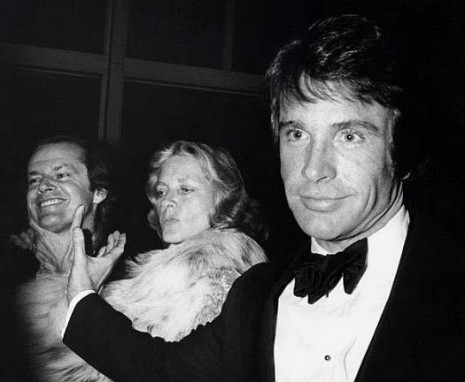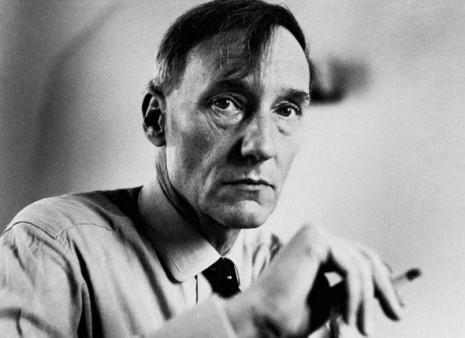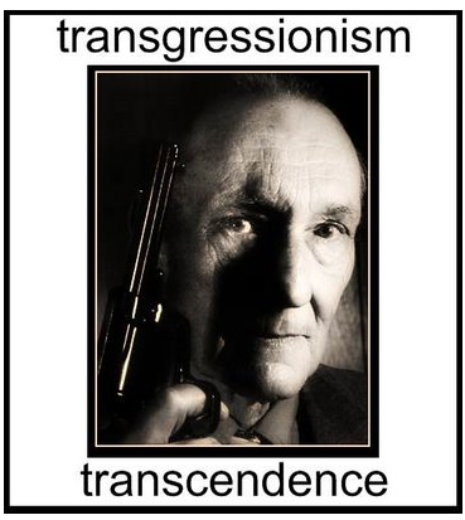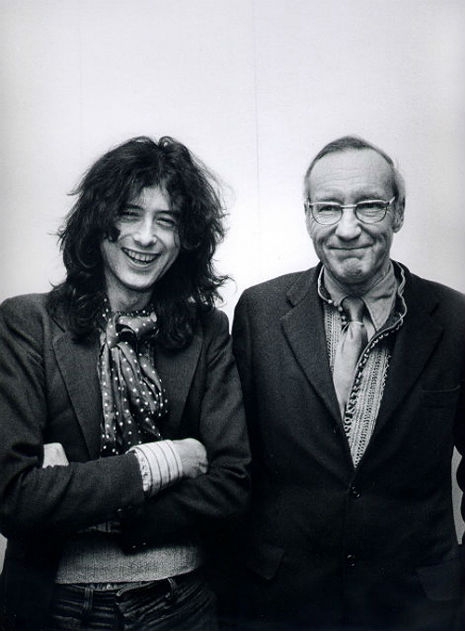
Here’s the back story of the famous William Burroughs/Jimmy Page Crawdaddy magazine cover story of June 1975, excerpted from LZ-‘75: The Lost Chronicles of Led Zeppelin’s 1975 American Tour by Stephen Davis. Read the original article, “Rock Magic: Jimmy Page, Led Zeppelin and a search for the elusive Stairway to Heaven” by William Burroughs here.
The long black limousine carrying Jimmy Page to his encounter with William Burroughs made its way down Fifth Avenue in a light snowfall. The car stopped in front of 77 Franklin Street in a dark, shabby neighborhood of vacant or abandoned industrial lofts that were slowly being reclaimed by young artists and urban pioneers. Jimmy was greeted at street level by James Grauerholz, Burroughs’s young assistant, who led Page up four steep flights of stairs to Burroughs’s loft. The sixty-one- year-old writer, dressed in a coat and tie set off by an embroidered Moroccan vest, extended his hand and offered his guest a cup of tea, which Page happily accepted. Also on hand was a photographer to document the interview, and Crawdaddy’s publisher, Josh Feigenbaum, whose idea this meeting had been. Before getting down to business, Burroughs proudly showed Page his orgone accumulator, which looked like a big plywood crate. Sitting in this box, Burroughs explained, concentrated certain energies in a productive and healthful manner according to theories developed by the psychiatrist Wilhelm Reich. Jimmy Page declined Burroughs’s offer to give the orgone box a try.
Burroughs thought he and Jimmy might know people in common since Burroughs had lived in London for most of the past ten years. It turned out to be an interesting list, including film director Donald Camell, who worked on the great Performance; John Michell, an expert on occult matters, especially Stonehenge and UFOs; Mick Jagger and other British rock stars; and Kenneth Anger, auteur of Lucifer Rising. Burroughs told Page about the feelings of energy and exhilaration he experienced sitting in the thirteenth row of a Led Zeppelin concert. These feelings, he told Page, were similar to those he had known while listening to music in Morocco, especially the loud pipes and drums of the Master Musicians of Jajouka. Page somewhat sheepishly admitted that he had yet to visit Morocco but had been to India and Thailand and heard a lot of music there.
Burroughs was interested in getting Page to speak about crowd control, a longtime fascination. “It seems to be that rock stars are juggling fissionable material of the mass unconscious that could blow up at any time,” he pondered.
“You know, Jimmy,” he continued. “The crowd surges forward . . . a heavy piece of equipment falls on the crowd . . . security goes mad, and then . . . a sound like goddamned falling mountains or something.”
Page didn’t bat an eye. “Yes, I’ve thought about that. We all have. The important thing is to maintain a balance. The kids come to get as far out with the music as possible. It’s our job to see that they have a good time and no trouble.”
Burroughs launched into a series of morbid anecdotes he’d collected about fatal crowd stampedes, like the 360 soccer fans crushed to death during a riot in Lima, Peru. Then there was the rock band Storm playing a dance hall in Switzerland. Their pyro effects exploded, but the fire exits had been chained shut. “Thirty-seven people dead, including all the performers,” Burroughs recalled.
He poured two fingers of whiskey for himself and for Page. Burroughs had been informed that these were the first Zeppelin shows to deploy any special effects. “Sure,” Page said. “That’s true. Lights, lasers, dry ice are fine. But I think, again, that you have to have some balance. The show must carry itself and not rely too heavily on special effects, however spectacular. What I really want is laser . . . notes. That’s more what I’m after. Just . . . cut right through!”
Burroughs then wondered if the power of mass concentration experienced by Zeppelin’s audience could be transposed into a kind of magic energy that could materialize an actual stairway to heaven. He added that the moment when the stair- way becomes something physically possible for the audience could be the moment of greatest danger. Page again answered that a performer’s skill involved avoiding these dangers. “You have to be careful [with large audiences],” he said. “It’s rather like driving a load of nitroglycerine.” Page described the fan abuse they had seen in Philadelphia a few days earlier as an ex- ample of a situation that could really crack, but somehow didn’t.
Over margaritas at the nearby Mexican Gardens restaurant, Burroughs asked about Page’s house on the shores of Loch Ness in Scotland, which had once belonged to Aleister Crowley. Was it really haunted? Page said he was sure it was. Does the Loch Ness monster exist? Page said he thought it did. Skeptical, Burroughs wondered how the monster could get enough to eat. The conversation continued over enchiladas. Burroughs talked about infrasound, pitched below the level of human hearing, which had supposedly been developed as a weapon by the French military. Then on to interspecies communication, talking to dolphins via sonar waves. Burroughs said he thought a remarkable synthesis could be achieved if rock music returned to its ancient roots in ceremony and folklore, and brought in some of the trance music one heard in Morocco.
Jimmy Page was receptive. “Well, music which involves [repeating] riffs, anyway, will have a trancelike effect, and it’s really like a mantra. And, you know, we’ve been attacked for that.”
They parted company on the icy sidewalk outside the restaurant, with many thanks and good-byes. Jimmy Page’s limo, which had been waiting for him, whisked him back to the Plaza Hotel. William Burroughs, James Grauerholz, and Josh Feigenbaum walked back to Burroughs’s loft to listen to the tape that Josh had recorded of the conversation.
Speaking of Jimmy Page and magick, here’s the maestro’s seldom-heard abandoned score for Kenneth Anger’s Lucifer Rising: Part II is here.






